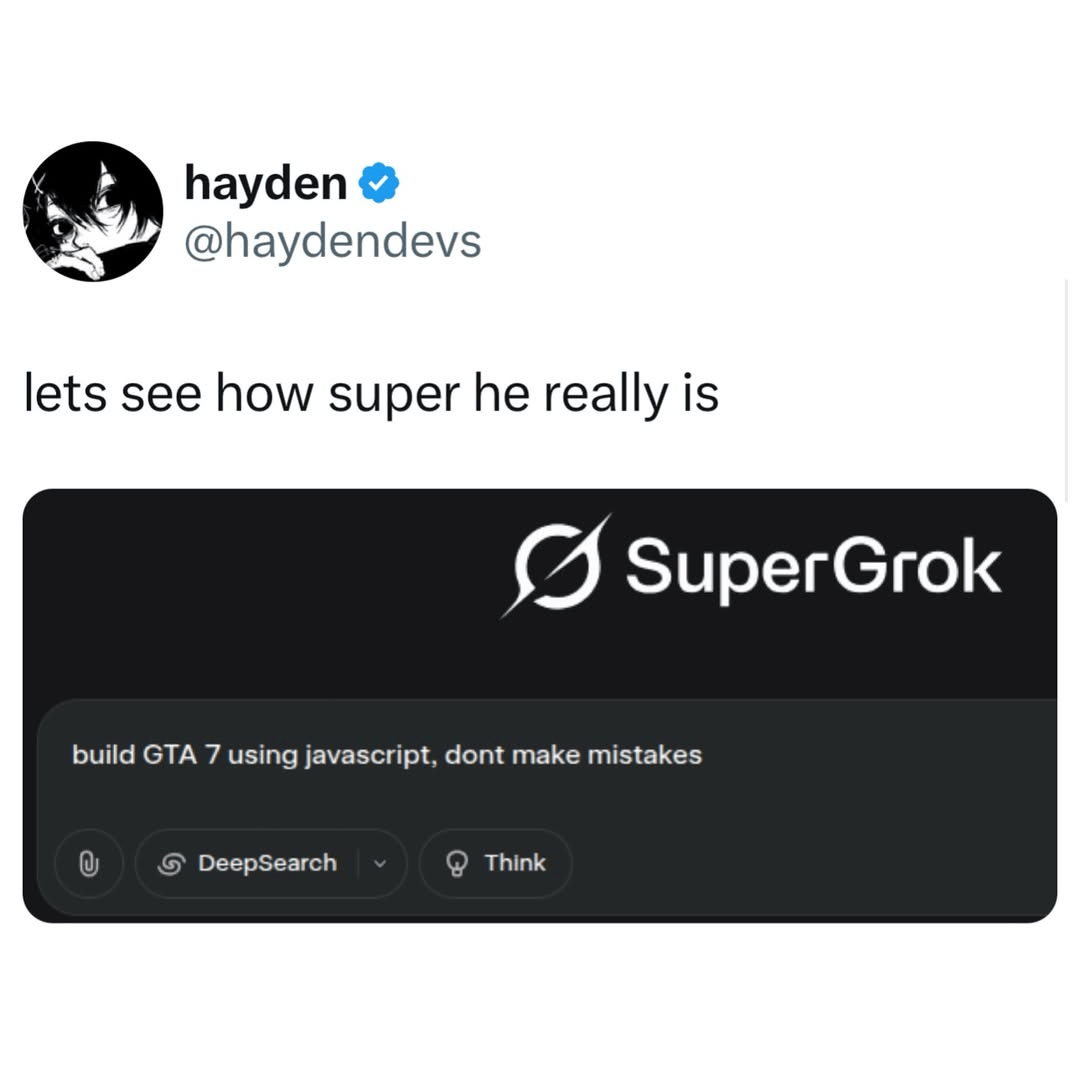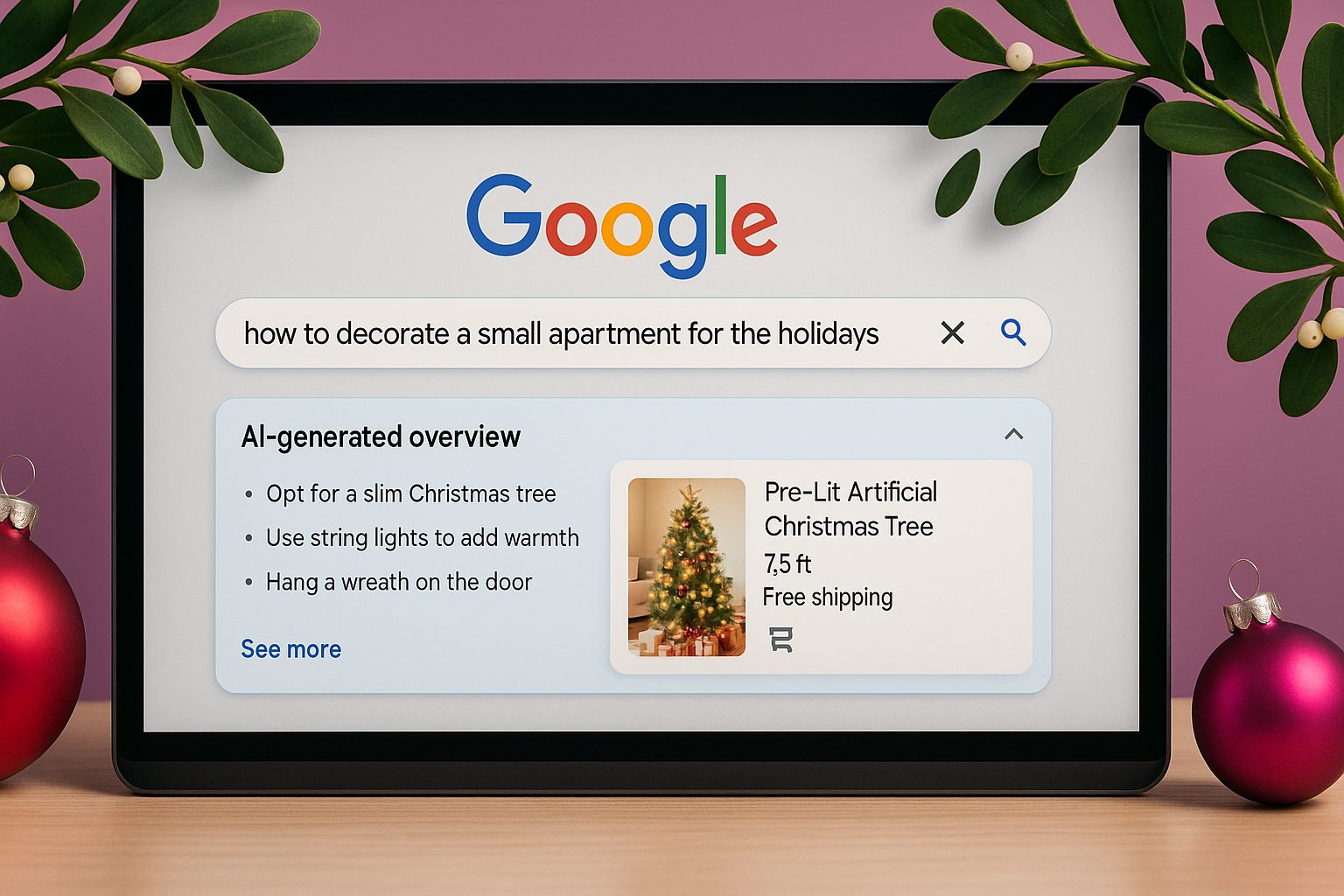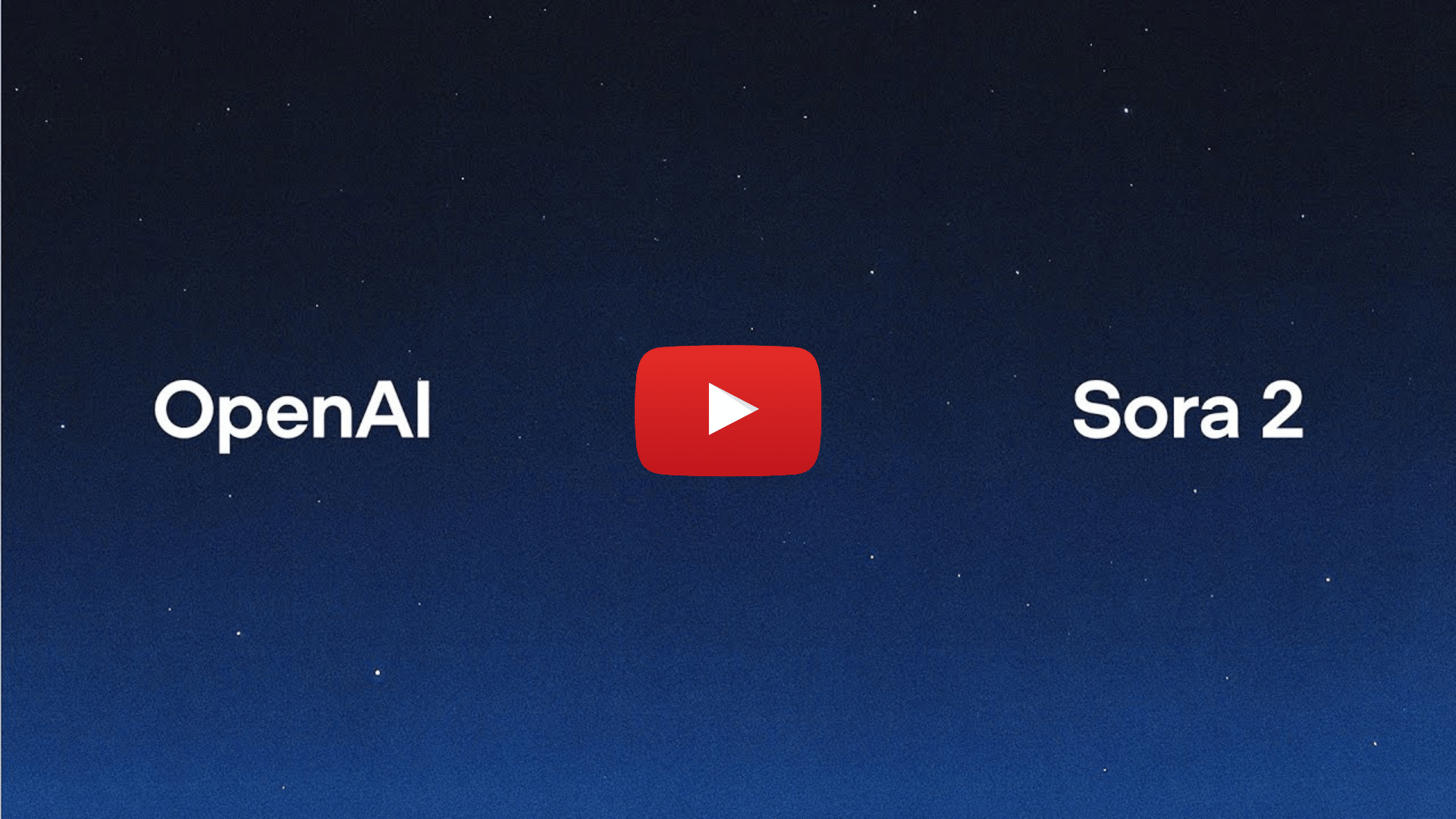
Today, we’re bringing you the latest in AI-powered marketing and business strategies. Here’s what’s inside:
🚨 AI Top Story: Find out how Google’s new AI ad tools could shape holiday campaigns, who gets early access, and what risks to watch as placements move into AI-generated results.
🌟 AI Use Case Of The Week: See how Klarna used generative AI to cut $6M in marketing costs
🎯 Killer Marketing Prompt: : Use this prompt to break down a competitor’s funnel and instantly rebuild a sharper version tailored to your brand.
🎥 AI YouTube Resource Of The Week: Watch OpenAI’s official Sora 2 demo to see how the model handles lifelike motion, synced audio, and Cameo (and what’s now possible with AI-generated video).


New AI Features Power Google Ads This Season
Select Advertisers Are Already Testing The Tools

Every holiday season brings a surge in ad spend, and competition for attention hits its peak. This year, Google is upping the stakes by threading AI deeper into how its ad ecosystem works.
AI Max, the system behind these placements, is already live in beta across Google Ads, Ads Editor, Search Ads 360, and the API. Access isn’t universal yet. Google is phasing the rollout to select advertisers, with many larger accounts and those connected to Google reps already seeing the toggle in their campaign setup. The company says full availability will arrive by early Q3 2025, which means some marketers will spend the holidays testing the waters while others wait for access to switch on.
For those in the beta, the most visible change is in Search, where ads are no longer confined to the margins of results pages. They’re being pulled directly into AI-generated overviews, blending with the content people see first. A query for “how to decorate a small apartment for the holidays” could return a mix of practical tips and a promoted product in the same box, turning answers into shopping opportunities.
Beyond placement, Google is also reshaping how campaigns are built. Asset Studio is being upgraded with Imagen 4, giving advertisers the ability to generate new visuals from text prompts, swap backgrounds across product catalogs, and preview assets across multiple channels before launch. For marketers racing to produce creative at scale, those shortcuts could save days in production cycles.
The focus isn’t only on acquisition. Google is pushing retention tools too, letting advertisers optimize campaigns around repeat purchases and lifetime value. Perks like free shipping or member pricing can now be baked directly into ads, designed to keep shoppers engaged across a season that plays out in multiple waves rather than a single burst.
To tie it all together, budgets are becoming more flexible. Instead of locking spend to individual channels, advertisers can now set a single budget across Search, YouTube, Shopping, Performance Max, and Demand Gen for periods of up to ninety days. Google’s AI then reallocates spend dynamically to follow spikes in demand.
The opportunity is clear, but the risks are equally real. Early tests show AI Max surfacing queries that standard keyword targeting would have missed, yet conversion rates remain lower than exact match campaigns. That makes close monitoring critical. Used well, AI Max can extend reach and uncover new demand, but without oversight it risks burning budget on lower-quality traffic.
Google’s direction is unmistakable. AI is not being bolted onto the ad stack. It is becoming the structure itself. Discovery, creative, budgeting, retention: all of it is being mediated through the AI layer. For advertisers, the challenge isn’t just learning how these features work. It’s whether you have access in time to shape this year’s holiday campaigns, or whether you’ll be watching from the sidelines as others test it first.

✉️ 2025 Holiday Marketing: AI Triggered Emails Boost Sales and Loyalty - Explore how behaviour-based AI emails are boosting seasonal sales and building customer loyalty.
🛍️ Google introduces new AI Mode to enhance visual search and shopping experience in Search - See how Google’s new AI Mode makes visual search and shopping feel more natural and intuitive.
🌐 Why AI alone can’t keep up with culture - Learn why human insight still matters for cultural relevance in marketing and creativity.
📈 AI Marketing Value Highlights Rising Demand - Get the latest data on how AI-driven marketing is driving industry growth and investment interest.

Klarna Cuts $6M in Marketing Costs with AI

Fintech giant Klarna has turned to generative AI to overhaul its creative production. Using tools like Midjourney, DALL·E, and Adobe Firefly, the company produces the thousands of product and lifestyle images needed for campaigns without relying on traditional shoots or agencies. What once required weeks of planning and outside partners can now be tested and scaled in-house in a fraction of the time.
That shift has had a measurable impact. Klarna has reduced its annual marketing spend by $6 million, with AI-driven image production accounting for nearly 40 percent of the savings. Overall, sales and marketing costs are down 11 percent, showing how much efficiency can be unlocked when routine creative work is automated.
For brands watching closely, the lesson is practical. AI isn’t just a tool for experimentation - it can reshape the economics of marketing. By applying generative tools to repeatable content needs, companies can lower costs and redeploy budget into areas that directly drive growth.

Competitor Funnel Tear-Down + Rebuild
Want to see how your competitors convert — and then build something sharper? Use this prompt to map their funnel and create a stronger parallel version for your brand.
You are acting as a senior performance marketer.
Your task is to analyze a competitor’s funnel based only on publicly available content (website, landing pages, messaging, social profiles, press mentions).
Here are the details:
Competitor URL: [insert here]
My website URL: [insert here]
My product/service: [insert here]
My target audience: [insert here]
My positioning (tone, values, unique selling points): [insert here]
Steps to follow:
Audit the competitor’s public funnel signals: website structure, messaging, social proof, booking/purchase flow, and CTAs.
Map their customer journey: first impression → value proposition → call-to-action.
Highlight strengths and weaknesses in their funnel.
Rebuild a parallel funnel for my brand:
At least 3 strong ad hook variations
Suggested landing page layout & messaging hierarchy
CTA strategy optimized for conversions
Present the results side by side: Competitor vs. My Brand.
Output in a clear, structured format (tables or bullet points).
Mind-Blowing Tech: OpenAI Drops Sora 2
Don’t miss OpenAI’s official launch demo of Sora 2 - highlighting it’s ability to generate video with audio, stitch multi-shot stories, and cameo people, pets, or objects into any world.

Possible?






